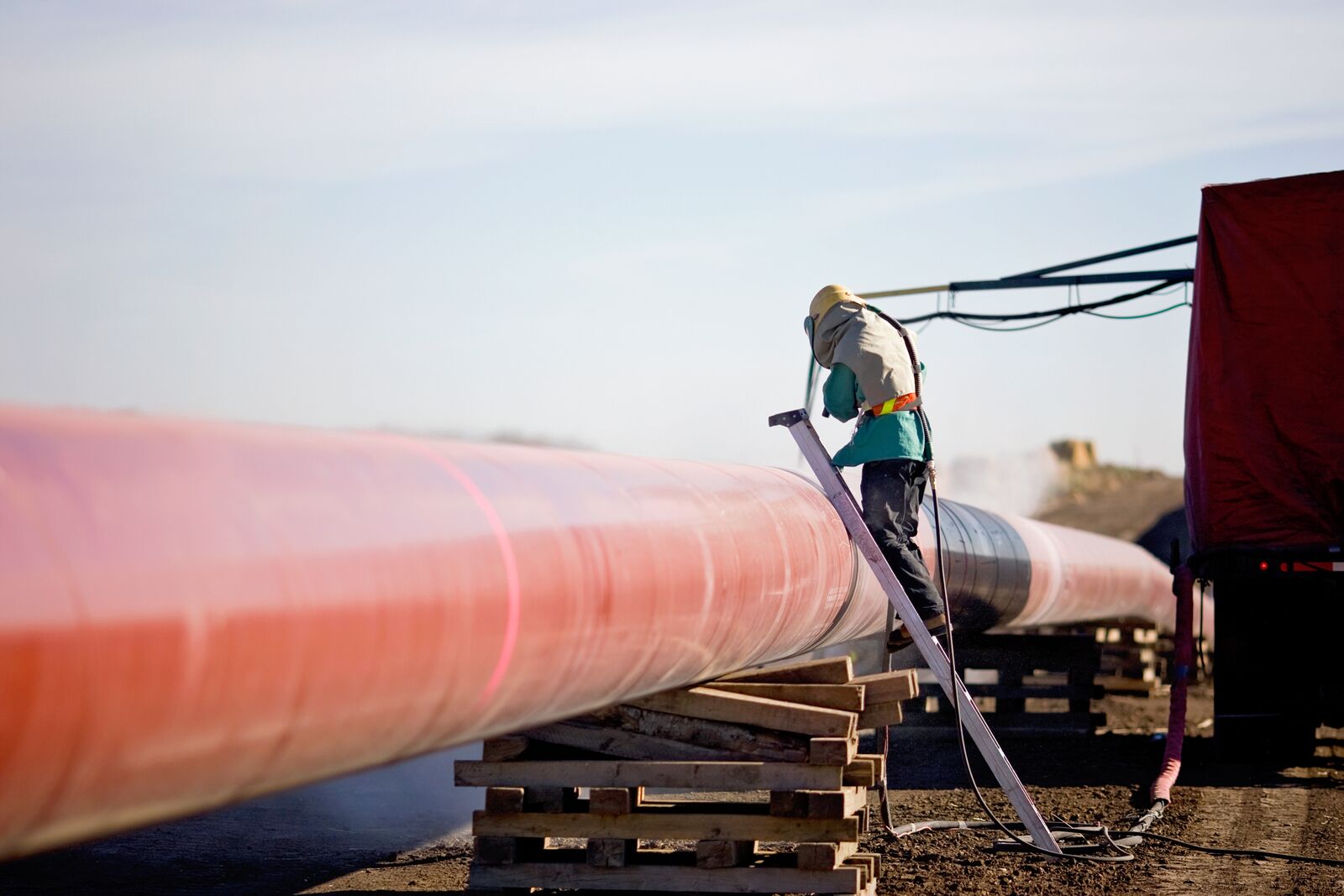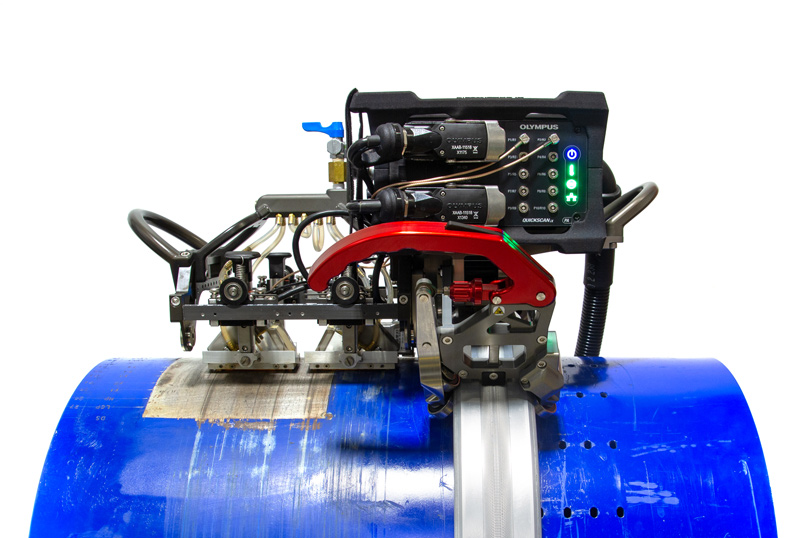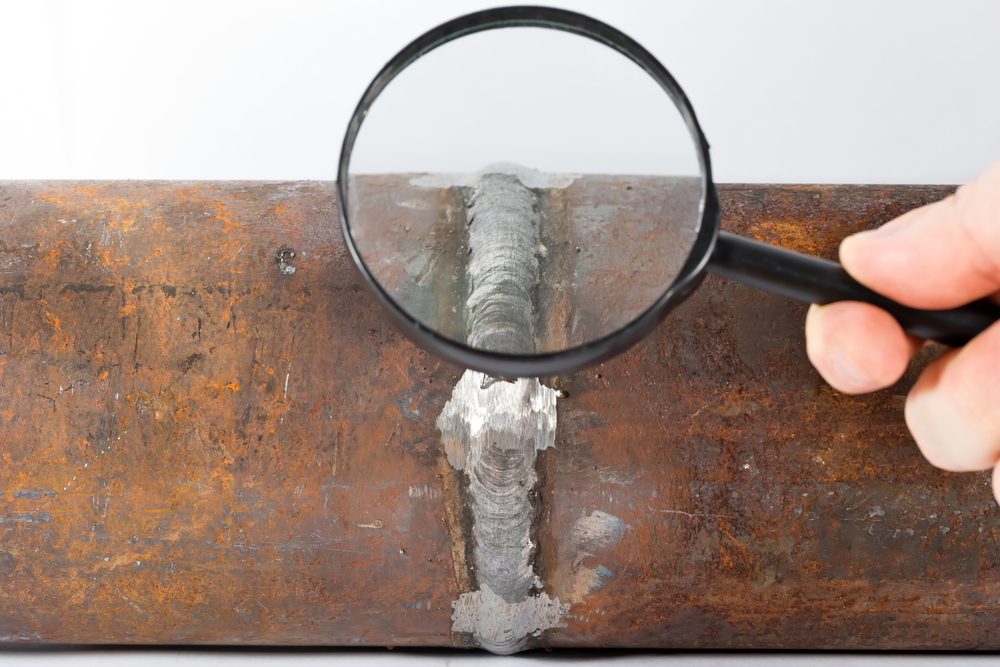Comprehensive Guide to Pipeline Welding Examination: Ensuring Integrity and Security in Pipe Construction and Maintenance
The honesty and safety of pipelines are vital in today's infrastructure landscape, highlighting the essential role of welding assessment in pipe building and construction and maintenance. An extensive guide on this subject not just highlights the need of assessing weld quality however likewise attends to the numerous examination techniques available, such as ultrasonic and radiographic testing. By comprehending typical flaws and their effects, stakeholders can apply ideal practices that ensure compliance and longevity. However, the complexities involved in welding inspection raising pertinent questions concerning sector criteria and the advancing modern technologies that might redefine these methods.

Value of Welding Evaluation
Welding inspection plays an essential function in ensuring the honesty and safety of pipe systems. It serves as a basic process that confirms the quality and integrity of welded joints, which are usually the most weak spots in pipe construction. With organized assessment, inspectors can determine potential flaws such as cracks, porosity, and incomplete blend, which might jeopardize the architectural honesty of the pipeline.
The significance of welding examination expands past simple compliance with industry standards; it additionally safeguards public health and the environment. Comprehensive evaluations can improve the long life of pipeline systems, decreasing the demand for pricey repair services and downtime.
In addition to guaranteeing security and compliance, welding inspection cultivates a culture of top quality guarantee within organizations. By focusing on inspection throughout the welding process, companies can construct a track record for integrity and quality, eventually resulting in increased customer confidence and business possibilities (Pipeline Welding Inspection). Hence, the relevance of welding examination can not be overstated in the context of pipe building and construction and maintenance
Trick Welding Processes
Various welding procedures are employed in pipe construction, each with its very own advantages and applications. Amongst the most extensively used approaches are Shielded Metal Arc Welding (SMAW), Gas Tungsten Arc Welding (GTAW), and Gas Steel Arc Welding (GMAW) SMAW is favored for its versatility and capacity to do well in various environmental conditions, making it ideal for field applications.
GTAW, usually referred to as Tungsten Inert Gas (TIG) welding, is identified for its ability to create top notch welds with excellent control over warm input, making it perfect for thin-walled pipes and stainless-steel materials. GMAW, or Steel Inert Gas (MIG) welding, offers high deposition prices and is reliable for large-scale projects, typically used in the construction of pipes in regulated settings.
Furthermore, Immersed Arc Welding (SAW) is made use of for its deep penetration and high efficiency, especially in the construction of large-diameter pipelines. Each of these procedures contributes to the overall honesty and security of pipeline buildings, enabling welders to pick one of the most suitable technique based on material type, project requirements, and environmental problems. Understanding these vital welding processes is essential for efficient pipe welding assessment.
Usual Defects and Their Impact

Porosity, identified by small gas pockets caught within the weld, weakens the product and can result in leaks. Cracks, which might occur due to thermal stress and anxieties or improper cooling, can result and circulate in architectural failure under stress. Undercutting, where the base steel is eroded along the weld grain, reduces the effective cross-section of the pipeline, increasing the risk of fracture.
Incomplete fusion takes place when the weld metal does not appropriately bond with the base steel, leading to weak areas that might fail under anxiety. Slag incorporation, the entrapment of non-metallic material within the weld, can also compromise the joint's honesty. Identifying and attending to these defects early in the building and construction process is vital to guaranteeing the lasting reliability and safety of pipeline systems, therefore guarding both the facilities and the atmosphere.
Assessment Strategies and Devices

Aesthetic inspection is the initial line of protection, allowing inspectors to recognize surface area abnormalities, misalignment, or various other noticeable flaws. Ultrasonic testing uses high-frequency audio waves to spot inner defects, giving precise depth dimensions and defining issues without harming the weld. Radiographic testing makes use of X-rays or gamma rays to generate images of the weld, making it possible for the identification of interior voids, splits, or inclusions.
Magnetic bit testing is especially effective for spotting surface area and see this near-surface discontinuities in page ferromagnetic materials. This strategy involves applying a magnetic area and fine iron fragments to the weld, exposing flaws via the accumulation of bits at flaw sites.
In addition to these techniques, specialized tools such as automated ultrasonic screening tools and electronic radiography systems enhance examination accuracy and performance, guaranteeing an extensive examination of pipe welds throughout building and maintenance.
Ideal Practices for Compliance
Following finest practices for conformity in pipeline welding inspection is critical for making sure the stability and safety of the facilities. Organizations should establish an extensive top quality administration system that aligns with market criteria such as ASME, API, and AWS. This consists of developing detailed welding treatments that specify the materials, strategies, and qualifications needed for welders.
Regular training and accreditation of examination employees are important to keep high competency levels. Inspectors ought to know with various non-destructive testing (NDT) approaches, consisting of ultrasonic screening, radiographic screening, and visual evaluation, to properly determine potential issues.
Documentation plays a company website crucial function in compliance; preserving exact documents of evaluations, weld treatments, and employees qualifications assists to guarantee traceability and accountability. Arranged audits and reviews of welding practices should be conducted to identify areas for renovation and make sure adherence to established methods.

Final Thought
In conclusion, the implementation of strenuous welding assessment methods is extremely important for making sure the honesty and security of pipe construction and upkeep. Constant renovation in evaluation procedures will certainly contribute to the durability and integrity of pipe systems, emphasizing the essential duty of welding inspection in the market.
The honesty and safety of pipes are critical in today's infrastructure landscape, underscoring the vital duty of welding inspection in pipeline building and maintenance. Understanding these essential welding procedures is crucial for effective pipeline welding examination.
Adhering to ideal methods for conformity in pipe welding examination is critical for ensuring the integrity and safety and security of the infrastructure.In final thought, the application of rigorous welding evaluation procedures is critical for making sure the honesty and safety and security of pipeline construction and upkeep. Continual enhancement in evaluation procedures will add to the durability and integrity of pipe systems, highlighting the essential function of welding assessment in the market.
Comments on “Pipeline Welding Inspection: Safeguarding Pipelines with Precision and Competence”